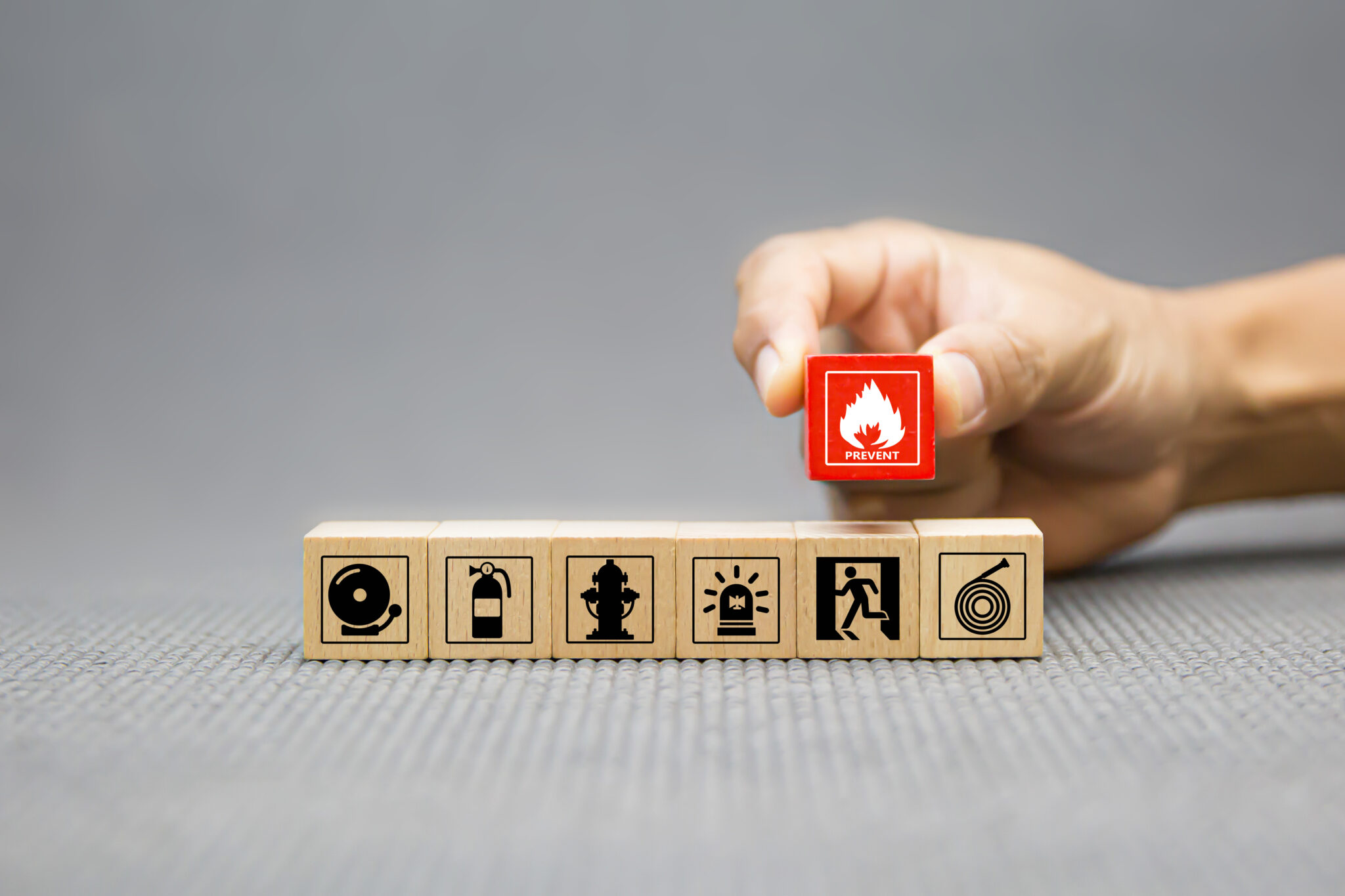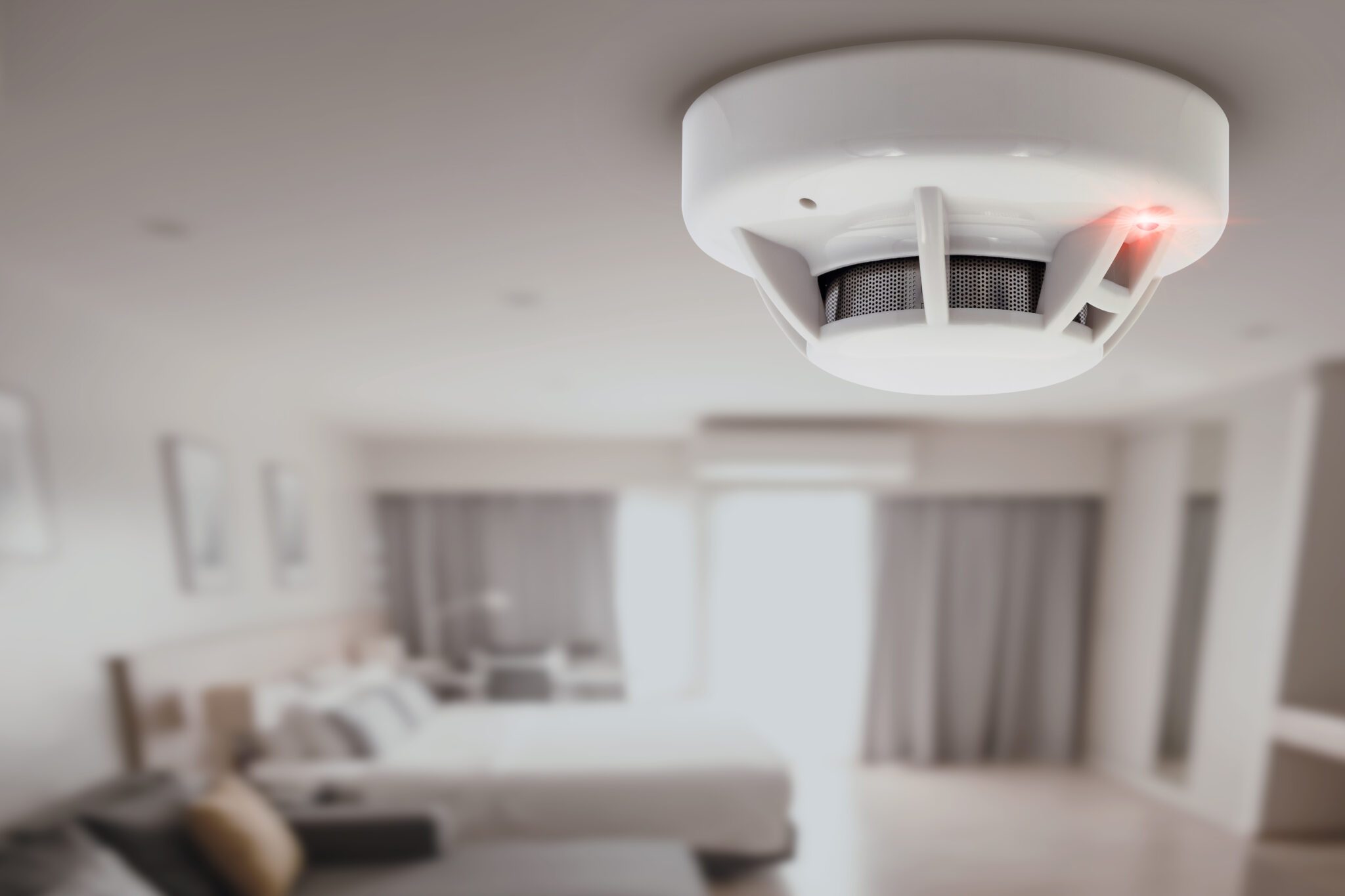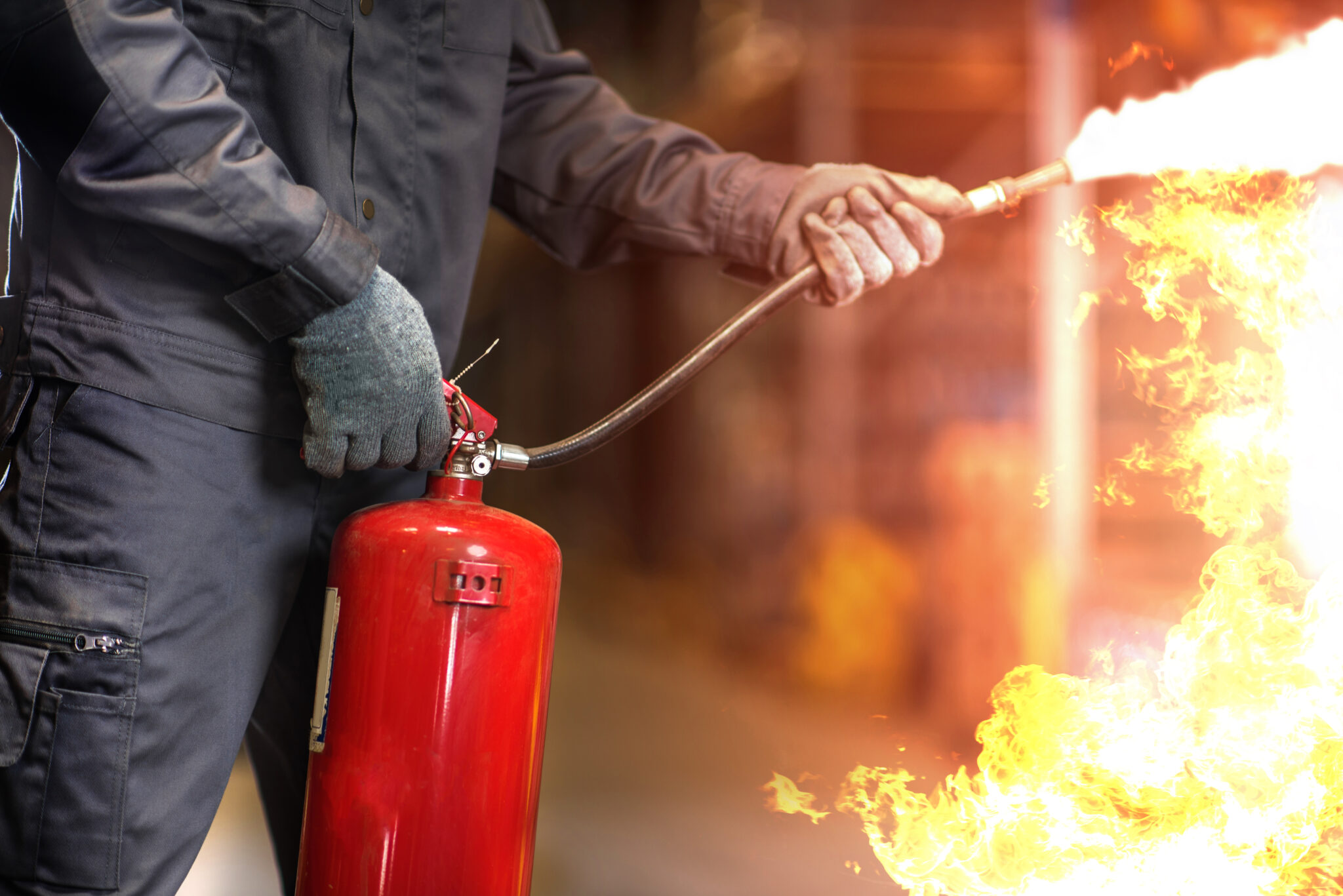

Planning a road trip can be exciting, but it’s essential to make sure your car is ready for the journey. A well-prepared vehicle ensures a smooth and enjoyable trip, free from unexpected breakdowns or delays. Here’s a detailed pre-trip car inspection checklist to help you prepare your car for long drives.
1. Check the Oil and Fluids
Before hitting the road, it’s crucial to check your car’s oil level and other essential fluids. Start by checking the engine oil. Make sure it’s at the right level and that it looks clean. If the oil is dirty or the level is low, it’s time for an oil change.
Don’t forget to check other fluids like coolant, brake fluid, power steering fluid, and windshield washer fluid. Topping up or replacing these fluids ensures your car runs smoothly and efficiently. In addition to these basics, you should also check the transmission fluid, as it’s vital for the smooth operation of your vehicle’s transmission system.
The differential fluid, often overlooked, should also be checked, especially if your vehicle is rear-wheel or all-wheel drive. Regular maintenance of these fluids prevents overheating, protects vital components from wear, and ensures optimal performance.
Finally, checking and maintaining these fluids can also improve your car’s fuel efficiency, saving you money on fuel costs during your road trip.
2. Inspect the Tyres
Your tyres are your car’s only contact with the road, so it’s vital to ensure they are in good condition. Check the tyre pressure, making sure it matches the recommended levels found in your owner’s manual or on the tyre placard inside the driver’s door. Inspect the tyre tread for any signs of wear or damage.
Uneven tread or bald spots indicate it’s time for new tyres. Also, don’t forget to check the spare tyre and ensure it’s properly inflated and in good condition. Additionally, it’s important to check for any visible cuts, punctures, or embedded objects in the tyre tread that could lead to a blowout on the road. Rotate your tyres regularly to ensure even wear and prolong their lifespan.
Balancing the tyres can also prevent vibrations and enhance driving comfort. If you’re travelling to an area with different weather conditions, consider whether you need all-season tyres or winter tyres for optimal safety. Proper tyre maintenance not only ensures safety but also improves fuel efficiency and vehicle handling, providing a more comfortable and secure driving experience.
3. Test the Brakes
Properly functioning brakes are essential for your safety. Test your brakes to ensure they are responsive and not making any unusual noises. If you notice any squeaking, grinding, or if the brake pedal feels soft or spongy, it’s a sign that your brakes need attention.
Have a professional mechanic inspect and service your brakes if necessary to avoid any issues during your road trip. Beyond just testing, it’s wise to have your brake pads, rotors, and brake lines inspected by a professional to ensure they are in good condition. Regularly flushing and replacing brake fluid is also crucial as old fluid can become contaminated and affect brake performance.
If your vehicle is equipped with an anti-lock braking system (ABS), ensure that it is functioning correctly as it helps maintain control during sudden stops. Additionally, checking the parking brake for proper operation can prevent unexpected rolling when parked on inclines. Taking these steps ensures your braking system is fully operational, providing you with confidence and peace of mind during your trip.
4. Examine the Battery
A weak or dead battery can leave you stranded. Check the battery terminals for any signs of corrosion and ensure they are tightly connected. If your battery is over three years old, consider having it tested to make sure it’s still holding a charge. Clean any corrosion from the terminals using a mixture of baking soda and water, and keep jumper cables in your car as a precaution.
It’s also a good idea to check the battery’s fluid level if it’s not a maintenance-free battery. Low fluid levels can affect the battery’s performance and lifespan. If you notice any swelling or bloating of the battery case, it could be a sign of overheating, and the battery should be replaced immediately. Furthermore, ensure your alternator and starter are functioning properly, as they play a critical role in charging the battery and starting the engine.
Keeping an eye on your battery and related components can prevent unexpected failures and ensure your car starts reliably every time.
5. Check the Lights
All your car’s lights need to be in working order for safety, especially if you’ll be driving at night. Test the headlights, brake lights, turn signals, and emergency flashers. Replace any burnt-out bulbs and ensure the light lenses are clean.
Properly functioning lights help you see the road clearly and ensure other drivers can see you. Also, check the condition of your headlights’ alignment to make sure they are properly aimed and not causing glare for other drivers. Fog lights, if equipped, should also be checked and cleaned, as they are crucial for visibility in adverse weather conditions.
Consider upgrading to brighter or LED bulbs for better illumination and energy efficiency. Regularly clean your light covers to remove any dirt or oxidation that can dim the light output. Ensuring all lights are operational and clean not only enhances visibility but also improves safety by making your vehicle more noticeable to others on the road.
6. Inspect the Belts and Hoses
Belts and hoses play a critical role in your car’s operation. Inspect the serpentine belt, timing belt, and all hoses for any signs of wear, cracks, or leaks. If you notice any damage, have them replaced before your trip. A broken belt or a leaking hose can cause serious engine damage and leave you stranded on the side of the road. Regularly checking these components can prevent such issues.
Also, examine the hose clamps to ensure they are secure and not corroded. Pay attention to the condition of the radiator hoses and heater hoses, as they are essential for maintaining engine temperature and interior comfort. Check for any soft spots on the hoses which can indicate weakening material.
Additionally, consider the age of your belts and hoses; even if they appear in good condition, they may need replacing as a precaution if they are several years old. Regular maintenance of these parts ensures they function correctly and helps avoid unexpected breakdowns.
7. Check the Air Conditioning
If you’re travelling in hot weather, a functioning air conditioning system is a must. Test the air conditioning to make sure it’s blowing cold air. If it’s not cooling properly, have it checked by a professional. Driving long distances in the heat without air conditioning can be uncomfortable and exhausting. Beyond comfort, a well-maintained air conditioning system can also improve air quality within your vehicle by filtering out pollutants and allergens.
Check the refrigerant level and have it topped up if necessary. Inspect the condition of the air conditioning compressor, belts, and hoses to ensure they are in good working order.
Regularly replacing the cabin air filter can also help maintain good airflow and air quality. If you notice any unusual smells or noises when the air conditioning is running, have it inspected immediately. A properly functioning air conditioning system not only keeps you cool but also prevents heat-related fatigue and discomfort during your trip.
8. Pack an Emergency Kit
Despite all your preparations, emergencies can still happen. Pack an emergency kit that includes items like a first aid kit, flashlight, extra batteries, blanket, water, non-perishable snacks, and basic tools. Having an emergency kit can help you handle unexpected situations and keep you safe until help arrives.
CA Additionally, consider including items such as a tyre inflator and sealant, reflective warning triangles, a multi-tool, duct tape, a fire extinguisher, and a portable phone charger. In cold weather, add items like warm clothing, gloves, and an ice scraper. A detailed map or GPS device can be invaluable if you lose cell service. Familiarize yourself with the contents of your emergency kit and ensure everything is in good working condition.
Having a well-stocked emergency kit provides peace of mind and ensures you are prepared for a variety of unexpected situations, whether it’s a flat tyre, minor injury, or being stranded in a remote area.

9. Check the Wipers and Washer Fluid
Clear visibility is crucial for safe driving. Inspect your windshield wipers for any signs of wear or damage. If they are not effectively clearing the windshield, replace them. Also, check the washer fluid and top it up if necessary. Being able to clear your windshield of dirt and debris will ensure you have a clear view of the road.
Additionally, consider using a washer fluid with a cleaning additive to help remove stubborn grime and bugs. Inspect the wiper blades for any signs of cracks or hardening, which can reduce their effectiveness. If you’re travelling in winter conditions, make sure your washer fluid is rated for low temperatures to prevent it from freezing. Don’t forget to check the rear wiper blade if your vehicle is equipped with one.
Ensuring your wipers and washer fluid are in top condition not only improves visibility but also enhances overall safety by allowing you to react more quickly to changes in road and weather conditions.
10. Ensure Proper Documentation
Before leaving, make sure you have all the necessary documents for your trip. This includes your driver’s license, vehicle registration, proof of insurance, and any roadside assistance information. Having these documents on hand will save you time and trouble if you get pulled over or need assistance during your trip.
Additionally, consider keeping a copy of your vehicle’s maintenance records and any recent repair receipts in the glove compartment. These documents can be helpful if you need to show proof of recent work or if you encounter any issues with your vehicle during the trip. It’s also a good idea to have a list of important phone numbers, such as your insurance company, roadside assistance provider, and a trusted mechanic.
Keeping these documents organized in a folder or a dedicated compartment in your car ensures they are easily accessible when needed. Proper documentation not only ensures you comply with legal requirements but also provides peace of mind knowing you are prepared for any situation.
Preparing your car for a long drive is essential for a safe and enjoyable road trip. By following this pre-trip car inspection checklist, you can minimize the risk of breakdowns and ensure your vehicle is in top condition.
Taking the time to check the oil and fluids, inspect the tyres, test the brakes, examine the battery, check the lights, inspect the belts and hoses, check the air conditioning, pack an emergency kit, check the wipers and washer fluid, and ensure proper documentation will give you peace of mind and allow you to focus on enjoying your journey. Safe travels!
Insurance.co.za Content Team
We’re a specialist team of insurance and finance copywriters and content producers. The Insurance.co.za Content Team is a flexible and dynamic team. Hence we publish our content under the Insurance.co.za brand name rather than our personal names.
Other posts





